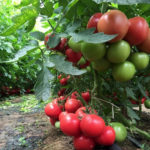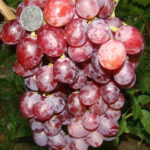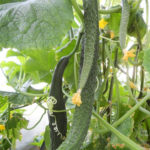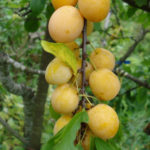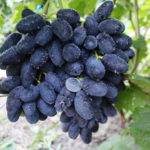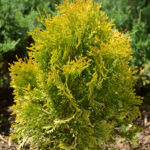Canadian spruce Alberta Globe
Canadian (gray) spruces have long been loved by gardeners and landscape designers around the world. Their main advantages are slow growth and beautiful crown shapes, and yet not quite the usual color of the needles: light green, gray, sometimes with noticeable silver. It is not for nothing that they are sometimes called "white spruces".
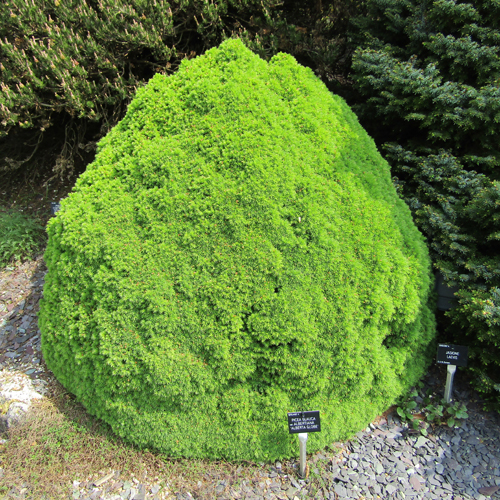
The cultivar Albert Globe (Picea glauca Alberta Globe), which will be discussed, is a mutation of a long-known variety Konicaknown to gardeners since the beginning of the 20th century.
History of origin
The creation of the variety is credited to the famous gardener and breeder K. Streng (junior), who worked in the nursery of the Dutch town of Boskoop. In 1968, on the site where the already familiar Konics were planted, he discovered an unusual tree, which differed in its appearance from the standards. The main difference turned out to be the shape of the crown: it was almost round, and not conical, as was expected of all spruces of this variety.
The gardener thought that such a mutation might appeal to the public, and he was not mistaken. Now the variety is very popular in the gardens of Europe and America, although it began to spread in the countries of the former Soviet Union quite recently.
Description of appearance
As already noted, the main feature of Alberta is a rounded crown. And her size is unusual, only about 80 cm high and about a meter wide. But most often these parameters are equal, so the crown looks like a cute, round hedgehog.
The needles of this "hedgehog" are softer than those of ordinary Konica. The needles are shiny, short, very dense, like the branches on which they are located. The young growth has a slightly yellowish tint, subsequently the yellowness disappears, but the needles remain light green for a long time. By the end of the season, they darken, become more saturated than is observed in ordinary Canadian spruces.
The needles are fragrant; if you rub it with your hands, a shade of ripe currant is mixed with the usual smell. Sometimes, but not annually, small pretty bumps are formed at the ends of the branches, as long as a matchbox.
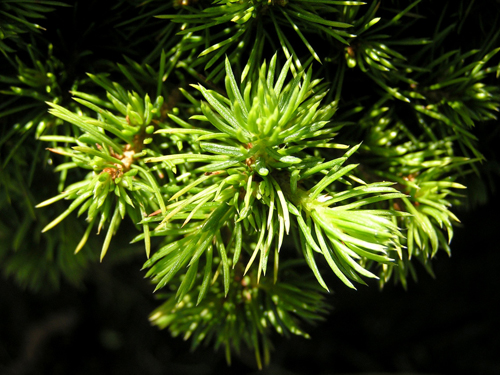
It grows extremely slowly, an increase of 10 cm per year is considered almost a record; usually it does not exceed 4-6 centimeters. After 15-17 years, the growth rate slows down even more.
Features of agricultural technology
Like all Canadian spruce trees, Alberta Globe is unpretentious, resistant to various adversities and care mistakes. He loves loam and sandy loam soils, preferably with a slightly acidic or neutral reaction, but tolerates lightly alkaline soils. Since its root system is superficial, it is accustomed to periodic drying, it withstands it well, but responds vividly to watering in the hot season.
Shade-tolerant, but, again, prefers lighter places. Here its crown becomes lush and thicker, and the color of the needles is brighter. It perfectly withstands winter frosts, and strong ones, up to -40 °. In the conditions of warm winters and hot summers, he does not feel well.
Experts note high resistance to urban gas pollution, in contrast, for example, to ordinary spruce.
Virtually no pruning due to its slow growth and natural tendency to create a symmetrical crown. Occasionally, there is a need to cut one or two overly "frisky" branches that are knocked out of the main array. Such pruning should be done before winter or (better) early spring.
It is useful to loosen the soil shallowly from time to time, mulching the trunk circle and applying the necessary fertilizers.
Use in landscape design
Most often, rockeries, heather gardens, and Japanese-style compositions are decorated with this spruce. It is often grown as a tub plant that can be easily transferred from place to place. In some countries, more than half of Alberta Globe's seedlings are sold in this role.
It goes well with ornamental shrubs, blooming roses. He does not like thickened plantings, in this case losing the symmetry of the crown. It is also convenient in that it allows you to decorate a garden plot that is very modest in size, where larger conifers do not look.
In general, this plant is very grateful, requiring neither special skills nor much time from the owner. If you cannot visit your site regularly, but love conifers - this type of spruce is created for you!
